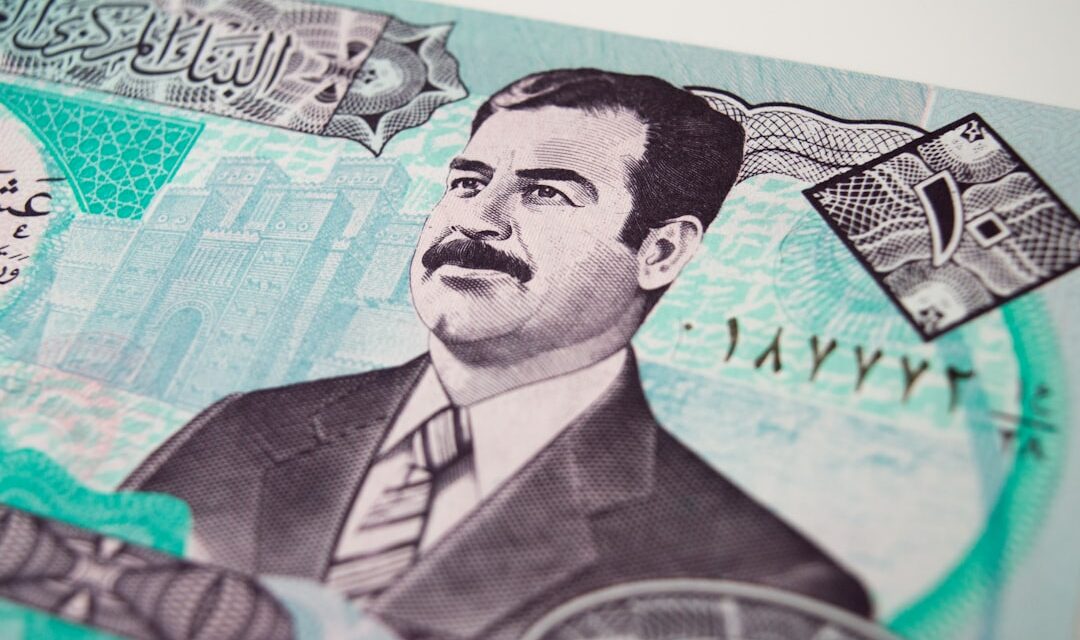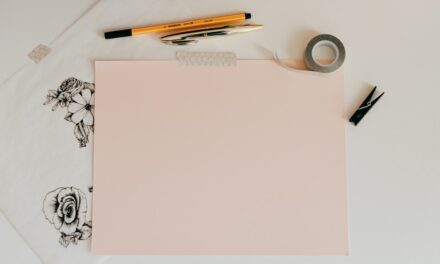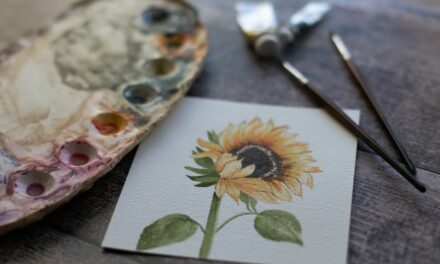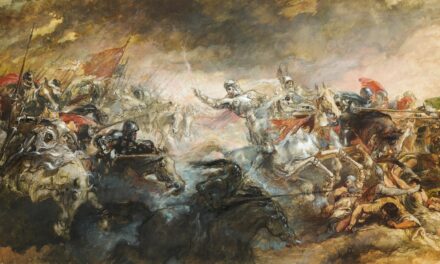Etching, a printmaking technique that has captivated artists for centuries, traces its origins back to the early 15th century. Initially, it emerged as a method for decorating metal surfaces, where artisans would use acid to create intricate designs on metal plates. The earliest known etchings were produced in Germany, with artists like Daniel Hopfer pioneering the technique.
Hopfer’s work laid the groundwork for etching as a legitimate art form, moving beyond mere decoration to become a medium for artistic expression. By the late 16th century, etching gained popularity across Europe, particularly in the Netherlands and Italy, where artists such as Rembrandt and Albrecht Dürer began to explore its potential. These masters not only refined the technique but also elevated it to new artistic heights, showcasing the depth and richness that could be achieved through this medium.
As the centuries progressed, etching continued to evolve, adapting to the changing tastes and technologies of the time. The 18th century saw the rise of aquatint, a variation of etching that allowed for tonal effects and greater detail. This period also marked the emergence of etching as a popular medium among Romantic artists, who used it to convey emotional depth and narrative complexity.
The Industrial Revolution brought about further advancements in etching techniques, including the introduction of electric etching tools and improved acid baths, which allowed for greater precision and control. In the 20th century, artists began to experiment with etching in innovative ways, incorporating mixed media and modern themes into their work. Today, etching remains a vital part of the contemporary art scene, with artists continuing to push the boundaries of this age-old technique while honouring its rich history.
Summary
- Etching originated in the Middle Ages and has evolved into modern techniques, including photo-etching and aquatint.
- Etching involves using acid to create designs on metal plates, with variations such as drypoint and soft ground etching offering different effects.
- To get started with etching, you will need tools such as etching needles, acid-resistant ground, and a printing press, as well as metal plates and acid.
- When creating your design, consider using different mark-making techniques and experimenting with textures to achieve the desired effect in your etching.
- Transferring your etched design onto paper or other surfaces involves using a printing press to apply ink to the plate and then transferring the design onto the chosen material.
Understanding the Process: How Etching Works and its Different Variations
The Etching Process
The plate is then submerged in an acid bath, which bites into the exposed lines and creates grooves in the metal. After a predetermined amount of time, the plate is removed from the acid and cleaned, revealing the etched design. This process allows for fine lines and intricate details that are characteristic of traditional etching.
Variations of Etching
There are several variations of etching that artists can explore, each offering unique possibilities for expression. One popular variation is aquatint, which employs a different technique to create tonal effects rather than just line work. In aquatint, a powdered resin is sprinkled onto the plate and heated to create a textured surface that holds ink in various densities. This allows artists to achieve a range of shades from light to dark, adding depth and richness to their prints.
Alternative Techniques
Another variation is drypoint, where an image is scratched directly into the plate without the use of acid. This technique produces a distinctive line quality that is often softer and more expressive than traditional etching. Each variation offers its own set of challenges and rewards, allowing artists to choose the method that best suits their creative vision.
The Tools and Materials: What You Need to Get Started with Etching

To embark on your etching journey, it is essential to gather the right tools and materials that will facilitate your creative process. The primary tool required is a metal plate—copper is often preferred due to its malleability and ability to hold fine detail, but zinc and steel are also viable options. Alongside the plate, you will need an etching needle or burin for drawing your design into the ground.
A variety of other tools can enhance your etching experience; for instance, a burnisher can be used to smooth out areas of your print or create highlights. Additionally, you will require an acid-resistant ground, typically made from asphaltum or wax, which protects parts of your plate during the etching process. In addition to these essential tools, you will need various materials for printing your final design.
High-quality printing ink specifically formulated for etching is crucial; it should be thick enough to fill the etched lines without running or smudging. Paper is another vital component; choosing a heavy-weight paper designed for printmaking will ensure that it can withstand the pressure of printing without tearing or warping. A printing press is also necessary for transferring your design onto paper; while some artists may opt for hand-printing techniques using a barren or spoon, a press provides consistent pressure for optimal results.
By assembling these tools and materials, you will be well-equipped to begin your exploration of etching.
Creating Your Design: Tips and Techniques for Etching
Creating a successful design for etching requires careful planning and consideration of both composition and technique. Before you begin working on your metal plate, it can be beneficial to sketch out your ideas on paper. This preliminary step allows you to experiment with different compositions and refine your concept before committing it to metal.
Consider how your design will translate into etched lines; fine details may require more delicate handling during the etching process, while bolder shapes can be more forgiving. Additionally, think about how light and shadow will play into your design; incorporating varying line weights can create depth and interest in your final print. Once you have finalised your design, it’s time to transfer it onto your metal plate.
One effective technique is to use tracing paper; simply trace your design onto the paper and then place it against the plate while applying pressure with a pencil or burnisher. This will leave an impression on the ground beneath, serving as a guide for your etching needle. As you begin to incise your design into the plate, remember to work slowly and steadily; patience is key in achieving clean lines and avoiding mistakes.
It’s also important to regularly check your progress by cleaning off any excess ground; this will allow you to see how your design is developing and make adjustments as needed.
The Printing Process: Transferring Your Etched Design onto Paper or Other Surfaces
The printing process is where your etched design truly comes to life, transforming your hard work on the metal plate into tangible artwork. Once you have completed your etching and cleaned the plate thoroughly, it’s time to apply ink. Using a brayer or roller, spread a thin layer of ink evenly across the surface of the plate, ensuring that it fills all the etched lines without excessive buildup on the surface.
After inking, carefully wipe away any excess ink from the plate’s surface using a tarlatan cloth or soft rag; this step is crucial as it prevents unwanted smudges on your final print while leaving ink only in the etched grooves. With your plate prepared, you can now proceed to print your design onto paper. Place a dampened sheet of high-quality printmaking paper over the inked plate and run it through a printing press or apply pressure using a barren or spoon if you are hand-printing.
The pressure forces the paper into contact with the inked lines of the plate, transferring your design onto the paper’s surface. After printing, carefully peel away the paper to reveal your artwork; this moment is often filled with anticipation as you see how well your design has translated from metal to paper. Depending on your desired outcome, you may choose to print multiple copies or experiment with different papers and inks for varied effects.
The world of etching encompasses a vast array of styles and approaches that reflect both traditional techniques and contemporary innovations. Traditional etching often adheres closely to historical methods established by masters like Rembrandt or Dürer, focusing on fine line work and detailed imagery that captures realism and depth. Artists working within this framework may employ techniques such as chiaroscuro—using strong contrasts between light and dark—to create dramatic effects in their prints.
This style often celebrates craftsmanship and meticulous attention to detail, resulting in works that resonate with viewers through their technical prowess. Conversely, contemporary etching has expanded beyond these traditional confines, embracing new themes and experimental techniques that challenge conventional notions of printmaking. Modern artists may incorporate mixed media elements into their etchings or explore abstract forms that prioritise expression over realism.
Additionally, advancements in technology have introduced digital tools into the etching process; some artists now use computer software to manipulate images before translating them onto metal plates. This fusion of traditional craftsmanship with modern innovation allows for an exciting dialogue between past and present in contemporary etching practices.
Etching in the Art World: Famous Etchers and Notable Etching Works

Throughout history, numerous artists have made significant contributions to the field of etching, leaving behind legacies that continue to inspire new generations of printmakers. One of the most renowned figures in this realm is Rembrandt van Rijn, whose mastery of light and shadow transformed etching into an expressive art form during the Dutch Golden Age. His works often depicted intimate scenes from everyday life infused with emotional depth; pieces like “The Three Crosses” showcase his ability to convey complex narratives through intricate line work and tonal variations achieved via aquatint techniques.
Another notable figure is Francisco Goya, whose series “Los Caprichos” exemplifies how etching can serve as both social commentary and artistic expression. Goya’s biting satire addressed societal issues of his time while employing innovative techniques that pushed boundaries within printmaking. His ability to blend realism with fantastical elements has left an indelible mark on both etching and broader art movements such as Romanticism.
These artists exemplify how etching has been utilised not only as a technical practice but also as a powerful medium for storytelling and critique throughout art history.
Tips for Beginners: How to Get Started with Etching and Improve Your Skills
For those eager to delve into the world of etching, starting can feel daunting due to its technical nature; however, with patience and practice, anyone can develop their skills in this captivating art form. One essential tip for beginners is to start small—begin with simple designs that allow you to familiarise yourself with both the tools and techniques involved in etching without overwhelming yourself with complexity. As you gain confidence in handling your tools and understanding how different materials interact during the process, gradually increase the intricacy of your designs.
Additionally, seeking out workshops or classes can provide invaluable hands-on experience under the guidance of experienced instructors who can offer personalised feedback on your work. Engaging with fellow artists within an etching community can also foster growth; sharing ideas and techniques can inspire new approaches while providing support during challenging moments in your artistic journey. Remember that improvement comes with time—embracing mistakes as learning opportunities will ultimately enhance your skills as an etcher while deepening your appreciation for this timeless craft.
For those intrigued by the traditional art technique of etching, a deeper understanding of its historical context and notable practitioners can greatly enhance appreciation. One such practitioner, Rembrandt van Rijn, is renowned for his mastery in etching, which played a pivotal role in his artistic expression. To explore more about Rembrandt’s contributions to this medium and his overall impact on art, consider reading the article An Introduction to the Artist Rembrandt van Rijn. This piece provides insightful details on how Rembrandt harnessed etching to convey intricate details and emotional depth, thereby revolutionising this art form.




